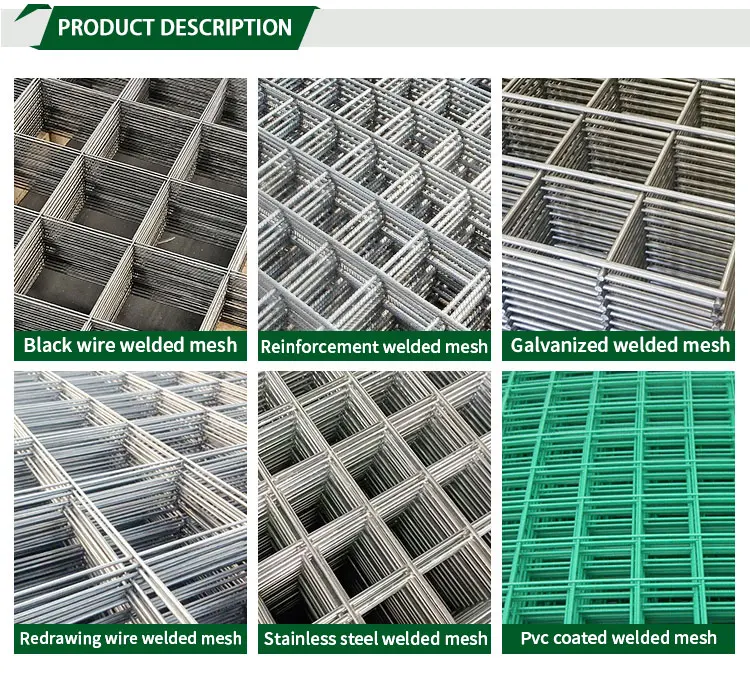connecting chicken wire
Connecting Chicken Wire A Practical Guide for Homeowners
When it comes to securing your backyard, especially if you have pets or a garden, chicken wire can be an incredibly effective and versatile tool. While often associated with poultry farming, chicken wire has various applications in home improvement projects. This article explores how to properly connect chicken wire, ensuring a strong and durable barrier.
What is Chicken Wire?
Chicken wire, also known as poultry netting, is a type of fencing made of hexagonal wire mesh. It is primarily used to keep chickens confined, but it can also serve multiple purposes around the home. From protecting gardens to providing a safe space for pets, chicken wire is a cost-effective and lightweight solution.
Materials Needed
To connect chicken wire effectively, you will require a few essential materials
1. Chicken Wire Choose the gauge and height depending on your needs. For smaller animals, a finer mesh is advisable. 2. Fence Posts Wooden or metal posts will provide the necessary support. 3. Wire Cutters These are essential for cutting the chicken wire to the desired size. 4. Staple Gun This will help attach the wire to the wooden posts. 5. Pliers Helpful in twisting and securing the wire ends. 6. Gloves Protect your hands while working with metal wire.
Steps to Connect Chicken Wire
1. Plan Your Layout Before you start, plan where you want to place the chicken wire. Measure the area where it will be installed to determine how much wire you will need.
2. Install the Fence Posts Place the fence posts at intervals appropriate for your project. For a sturdy fence, posts should be spaced 6 to 8 feet apart. Use a post hole digger to ensure they are deep enough to provide support, typically one-third of the post’s length.
connecting chicken wire

3. Cut the Chicken Wire Using wire cutters, cut the chicken wire to the desired length. Remember to add a few extra inches at the top and bottom for securing it to the posts.
4. Attach the Chicken Wire Begin at one end and unroll the chicken wire along the fence line. Use a staple gun to attach the wire to the posts. Place staples every 6 to 12 inches to ensure the wire is securely fastened. If you are working with heavier wire, you might need to use screws or clips instead.
5. Secure the Bottom To prevent animals from digging underneath, bury the bottom of the wire a few inches into the ground or leave excess wire at the bottom, angling it outward. This “apron” effect will deter burrowing animals.
6. Connect Adjacent Pieces If your project requires connecting multiple pieces of chicken wire, use pliers to twist and tie the ends of the wires together. Make sure the connection is tight and secure.
7. Finish the Top If you are building a tall fence, consider adding a barbed wire or a second layer of chicken wire at the top for extra security.
Maintenance Tips
Regular maintenance is essential to ensure your chicken wire continues to function effectively. Inspect the wire for any signs of rust or wear, and replace damaged sections as needed. Keep the area around it clear of debris that could weaken the structure.
Conclusion
Connecting chicken wire is not only a straightforward DIY project but also an effective way to establish boundaries in your yard. Whether you are protecting your garden or creating a safe play area for pets, following this guide will ensure that your installation is secure and long-lasting. Embrace the versatility of chicken wire, and enjoy the peace of mind it brings to your outdoor space!
-
Space-Saving Chain Fence Hacks Vertical Gardening with Cyclone MeshNewsJul.16,2025
-
Innovations in Iron Nail Wire Production for Modern ConstructionNewsJul.16,2025
-
Creative Uses of Wire Netting Fence in Modern Landscape DesignNewsJul.16,2025
-
Barbed Wire Fence Innovations in Anti-Climb TechnologyNewsJul.16,2025
-
Architectural Uses of Umbrella Nails for Aesthetic Roof DesignsNewsJul.16,2025
-
Architectural Uses of Razor Barbed Wire in Secure Urban DesignNewsJul.16,2025




